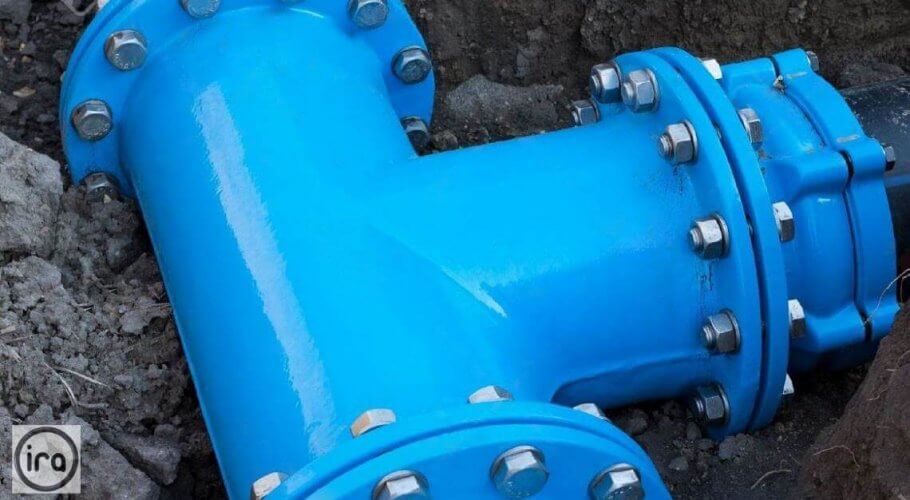
Bolt Preloading is an integral part of bolting two flanged joints together.
The preload developed in a bolt depends upon the level of applied torque and many other contributing factors such as bolt diameter, length, the geometry of the threads and the coefficients of friction that exist in the threads and under the bolt head or nut.
There are two main principles which should be recognised and followed during the bolt tightening procedure:
The load is to be applied gradually and evenly across the flange. This ensures that there is even compression of the gasket between the two flanges.
On completion of bolt tightening, there should be sufficient residual preload left in the bolts to compensate for the stresses and retention forces of the gasket, as well as the external environment and internal pressure along with any extra stresses the joint can be subjected to.
With Joint Integrity Software packages available, HTL have the solution for the planning, data capture, analysis and reporting of all activities relating to the inspection, maintenance and testing of bolted joints saving resource and costs.
Before any tightening process can take place, preliminary steps should be taken to avoid any unexpected problems arising.
Preliminary steps are crucial, without the correct torque figure being calculated, over-torqueing and under-torqueing are both frequent problems with the most common failure being overloading.
Forces of the application produce loads that exceed the clamp load, this causes the joint to loosen over time or fail catastrophically. Over-torqueing may cause long term thread damage and deform the fastener, whereas under-torqueing can also cause a joint to come loose and also allow the joint to flex causing it to fail under fatigue.
With HTL’s expertise available 24/7, 365 days a year and an extensive range of Bolt Torque Equipment, Lubricants, and Joint Integrity Software Packages, you can be assured that HTL can assist you in overcoming any bolting challenges you face.
Associated Articles: